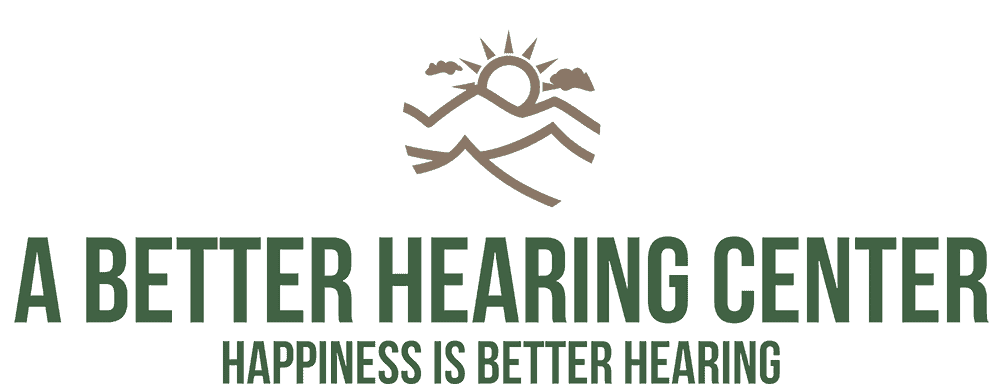In a world that’s built on communication, disclosing your hearing loss can be a sensitive topic. However, telling others about your hearing loss can be empowering. Whether you’re sharing this information with friends, colleagues, or acquaintances, the key lies in approaching the conversation with warmth, confidence, and a positive mindset. Let’s take a closer look at the three main types of disclosers, along with practical tips on how to navigate these conversations about hearing loss.
The Direct Discloser
The direct discloser is someone who communicates about their hearing loss openly and directly. This approach involves being upfront about your condition without waiting for others to notice or inquire. The direct discloser may tell most or all of the people in their life about their hearing loss. This includes family, friends, and coworkers.
Tips for the Direct Discloser:
- Choose the Right Time: Find a quiet and comfortable setting to share more about your hearing loss. This ensures that the person you’re talking to can focus on the conversation without distractions, and you’ll easily hear their response.
- Be Confident and Calm: Approach the conversation with confidence and a calm demeanor. This will reassure the other person that your hearing loss is just one aspect of who you are.
- Educate, Don’t Overwhelm: Provide a brief explanation of your hearing loss and its impact. Avoid overwhelming the person with too much information. You can share resources or answer questions if they express interest in learning more.
- Express Your Preferences: Communicate how the other person can help facilitate effective communication. Whether it’s speaking clearly, facing you when talking, or using visual aids, let them know what works best for you.
The Indirect Discloser
The indirect discloser prefers a more subtle approach. Instead of explicitly stating their hearing loss, they drop hints or use non-verbal cues to convey their communication needs.
Tips for the Indirect Discloser:
- Choose Visual Clues: Use visual cues, such as wearing hearing aids or cochlear implants, to subtly communicate your hearing loss. This can prompt others to adjust their communication without the need for explicit disclosure.
- Employ Humor: Light-hearted humor can be an effective way to indirectly disclose your hearing loss. For example, you can make a joke about selective hearing or share a funny story related to your experiences.
- Gauge Comfort Levels: Pay attention to the other person’s comfort level and adjust your approach accordingly. If they seem receptive to subtle cues, you can gradually share more information over time.
- Encourage Questions: Even if you choose an indirect approach, let others know that you’re open to questions. This creates a supportive environment for communication and helps dispel any misconceptions they may have.
The Collaborative Discloser
The collaborative discloser works together with the other person to find effective ways to communicate. This approach fosters a sense of teamwork and understanding.
Tips for the Collaborative Discloser:
- Initiate a Dialogue: Begin the conversation by expressing your commitment to effective communication. Let the other person know that you value their input in finding solutions that work for both of you.
- Share Communication Strategies: Discuss specific strategies that enhance communication. This could include using written notes, utilizing assistive technology, or implementing specific gestures that convey meaning.
- Highlight Shared Responsibility: Emphasize that effective communication is a shared responsibility. Encourage the other person to express their preferences and concerns, fostering a collaborative and inclusive conversation.
- Express Gratitude: Acknowledge the efforts of the other person in understanding and accommodating your communication needs. Expressing gratitude reinforces a positive atmosphere and encourages ongoing collaboration.
What Type of Discloser Are You?
Disclosing your hearing loss is a personal choice, and there’s no one-size-fits-all approach. Whether you choose to be direct, indirect, or collaborative, the key is to approach the conversation with confidence, warmth, and a willingness to educate others.
Remember, disclosing your hearing loss is not just about informing others; it’s an opportunity to foster understanding, build connections, and create an environment where effective communication can thrive. By navigating these conversations with grace, you empower yourself and those around you to communicate with empathy and inclusivity.
For more tips on talking about hearing loss or to find out more about your hearing needs, visit us today.

